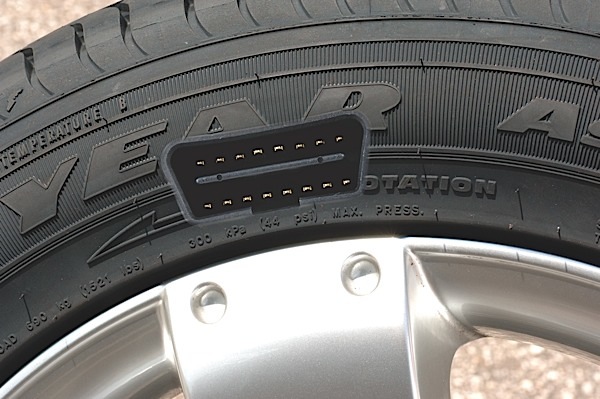
Continental Tire Opens Retread Solutions Center in South Carolina
The company said it hopes to uncover new improvements and technologies to innovate the retread process.
Continental Tire recently opened its Continental Retread Solutions Development Center in Rock Hill, S.C., with a focus on retread process improvements and technology development. The goal, Continental says, is to bring “innovation and up-to-date retread processes to Continental’s Retread Solutions Partners and the fleets they serve.”
Nissan Electro Hydraulic Steering
Nissan’s steering system is susceptible to driver-error.

Toyota Regenerative Braking System
The brake system of a hybrid may have multiple components to perform regenerative braking and pedal simulation.

Regenerative Braking Service
Regenerative braking takes the forward motion of the vehicle and turns it into electrical energy.

Toyota Prius Battery Codes P0A7F, P2011 and P0A80
A second generation Toyota Prius is at least 12 years old and batteries may need to be replaced. Here’s what the codes mean.

Other Posts
AUDI Outside Air Temperature Readings
Incorrect readings can be avoided.

Philips Announces GoPure GP5212 Automotive Air Purifier
It uses a 3-layer filter to deliver cleaner, healthier, fresher air on the go, Lumileds said.
AACF Launches 65th Anniversary Fundraising Initiative
The campaign aims to raise $65,000 through 1,000 donations of $65 each.
Standard Motor Products Announces 123 New Numbers
The release provides new coverage in 53 distinct product categories and 47 part numbers for 2023 and 2024 model-year vehicles.


